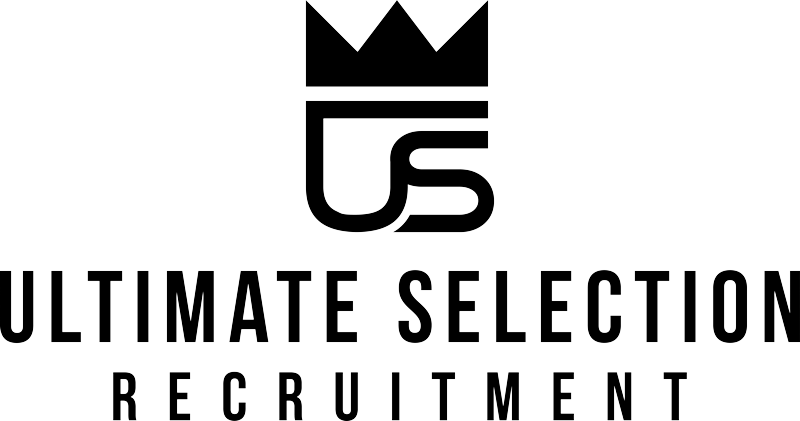
Candidate Attraction | Are you screening candidates effectively?

Screening candidates is an effective way to shortlist and assess applicants that reduces time and effort, especially at the top of the funnel, to decide which candidates proceed to the next stage or interview.
There are many options to consider in screening methods to identify potential talent, often determined by the type of role or skills needed. In this insight, we look at some options for candidate screening.
Methods for candidate screening must ensure everyone is treated fairly, without discrimination or bias.
Applicant Tracking System support
Technology plays a big part in screening candidates effectively.
CV parsing can speed up the application process and, if your ATS supports it, match the most relevant candidates to the vacancy requirements and progress them to the next stage of the hiring process. In addition, setting skills and keywords against your vacancies can help rank those with a higher fit rate for the role to help you focus your attention on the right candidates.
You can also devise knockout questions at the very early stages in the hiring process to quickly eliminate applicants who don't meet the minimum requirements, for example, eligibility to work in the UK, a required qualification, or core competencies for the position.
Think of knockout questions as must-haves for the role and create your qualifying questions on this criteria.
Knockout questions save recruitment teams, talent acquisition specialists and hiring managers a great deal of time – and the candidate should know up front if they are suitable for the position. You can also combine knockout questions with skills tests.
Customised online application processes
Using screening forms that grade candidate suitability helps to pinpoint the right talent quickly. Your ATS should be able to support a library of as many online application screening & assessment forms as you need - each one tailored to the requirements of the job. Use flexible scoring options that best suit how you can automatically progress or reject candidates based on their responses. For example, you might want to consider a screening question for candidates already working for you to bypass other questions.
Skills Tests
When candidates reach the relevant part of the recruitment workflow, your Applicant Tracking System (ATS) should allow automated yet personalised emails. For example, a unique link can be sent to the candidate to enable them to complete further testing, depending on the type of role. Integrating ATS technology with testing providers' technologies means test results are instantly fed back into the ATS against the candidate's workflow action and for the recruitment team to review from the ATS.
Some other pointers about candidate screening
Screening candidates should begin with a precise job description. Ensuring candidates have enough information to make an informed decision to apply. This is particularly helpful when using job boards where your candidates may not access your careers site directly, meaning they never see your wonderful candidate-centric content. Reduce jargon and in-house shorthand that may put people off or deter candidates unfamiliar with sector acronyms.
Create a super easy application form to qualify candidates in or out based on essential high-level questions. Then you can screen further with a role-specific application.
Understand how candidates apply and optimise the experience with mobile optimisation. For example, do you know what device people use to visit your careers site and what the experience is like on multiple devices?
Look at your process and where any bottlenecks lie. For example, can parts of the recruitment process be automated to improve the time to screen and respond to candidates? Your Recruitment ATS should be able to unlock ways to improve by reviewing your reporting and analytics.
Your recruitment process should not be unnecessarily long, and it's commonplace to tell candidates what to expect or have an area on your careers site that shares the recruitment and selection process.
Remember to check early on if the applicant needs adjustments due to a disability.
Review your rejection reasons to make the application status reporting insightful and identify where you can tighten your processes. For example, top reasons such as not qualified, lack of experience and salary expectations could determine how to address this earlier in the process, e.g. advertising the salary in the job advert.
Want to know more?
Why not take a look at Eploy's AdTuner. It's your Recruitment Content Assistant, designed to help you craft job descriptions and email communications that are inclusive and engaging.
Eploy's AdTuner highlights content for optimisation and provides potential alternatives to consider, analyses reading ease, gender bias, question balance and more.
Book a demo, and we will show you the latest features!
